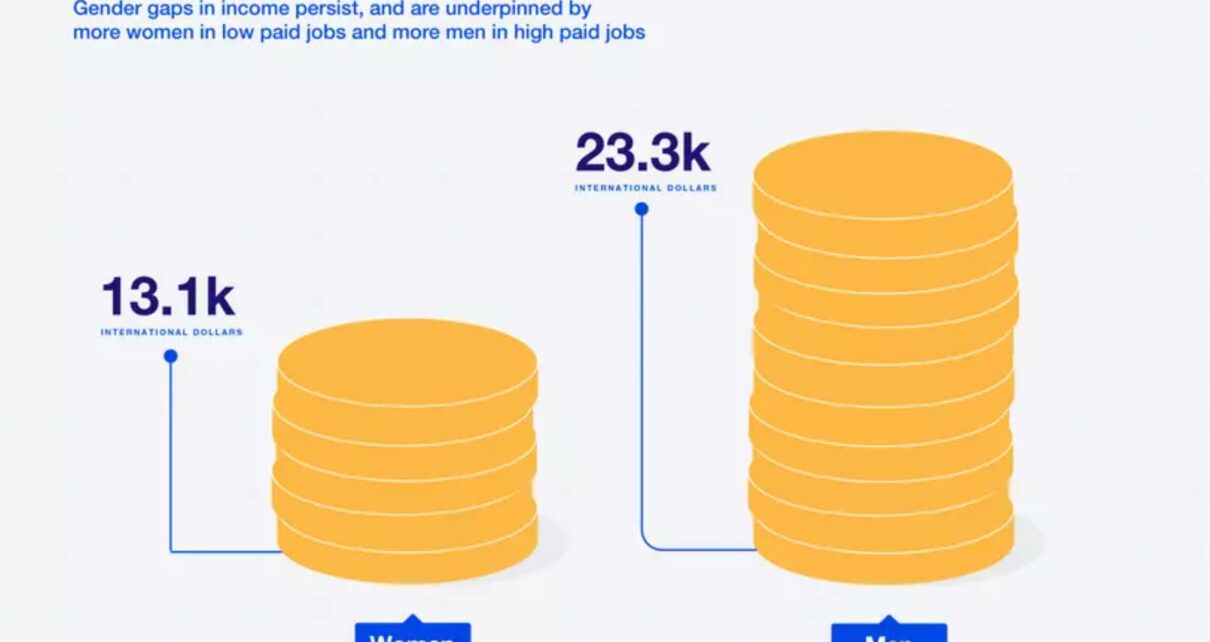As the impact of the Covid-19 pandemic continues, another generation of women will have to wait for gender parity as it has increased from 99.5 years to 135.6 years.
The effects will be felt in the long-term, according to the World Economic Forum, which in its annual Global Gender Gap Report found that the goalposts for gender parity appeared to be moving further away.
Examining data from 156 countries, the report has used the same methodology for the past 15 years and looks at four indicators: economic opportunity, political power, education and health. Countries are ranked according to the Global Gender Gap Index, which measures scores across these indicators on a 0 to 100 scale, and these scores are interpreted as distance to gender parity, or the percentage of the gender gap that has been closed in a country.
The report estimates that it will take an average of 135.6 years for women and men to reach parity on a range of factors worldwide, instead of the 99.5 years outlined in the 2020 report. 36 years marks the largest gain in one year since the report started in 2006.
A range of studies have shown that the COVID-19 pandemic has had a disproportionate impact on women, who have lost jobs at a higher rate than men, and had to take on much more of the extra childcare burden when schools closed.
On the plus side, women appear to be gradually closing the gender gap in areas such as health and education. But inequality in the workplace — which has long appeared to be the stickiest area to fix — is still not expected to be erased for another 267.6 years.
In a survey conducted for the World Economic Forum, 80% of those employed report they have faced challenges as a result of the pandemic. These challenges include family pressures, feeling lonely and isolated, and employer-related issues such as job security.
Working women were slightly more likely than working men to have experienced stress due to changes in work routines and organization, stress due to family pressures, such as childcare and increased anxiety around job security. But when we look specifically at women with children at home, we find evidence of disproportionate pressure. 60% of women with children in the household experience stress due to family pressures, versus 34% of men.




